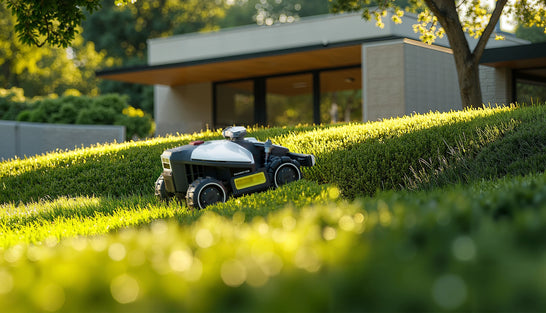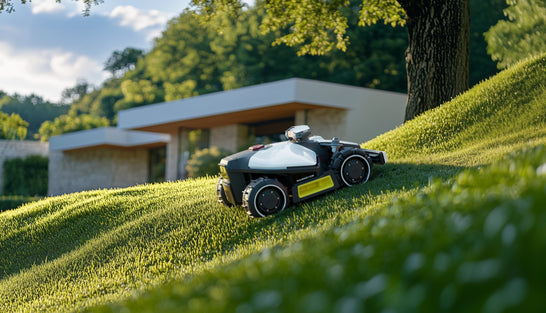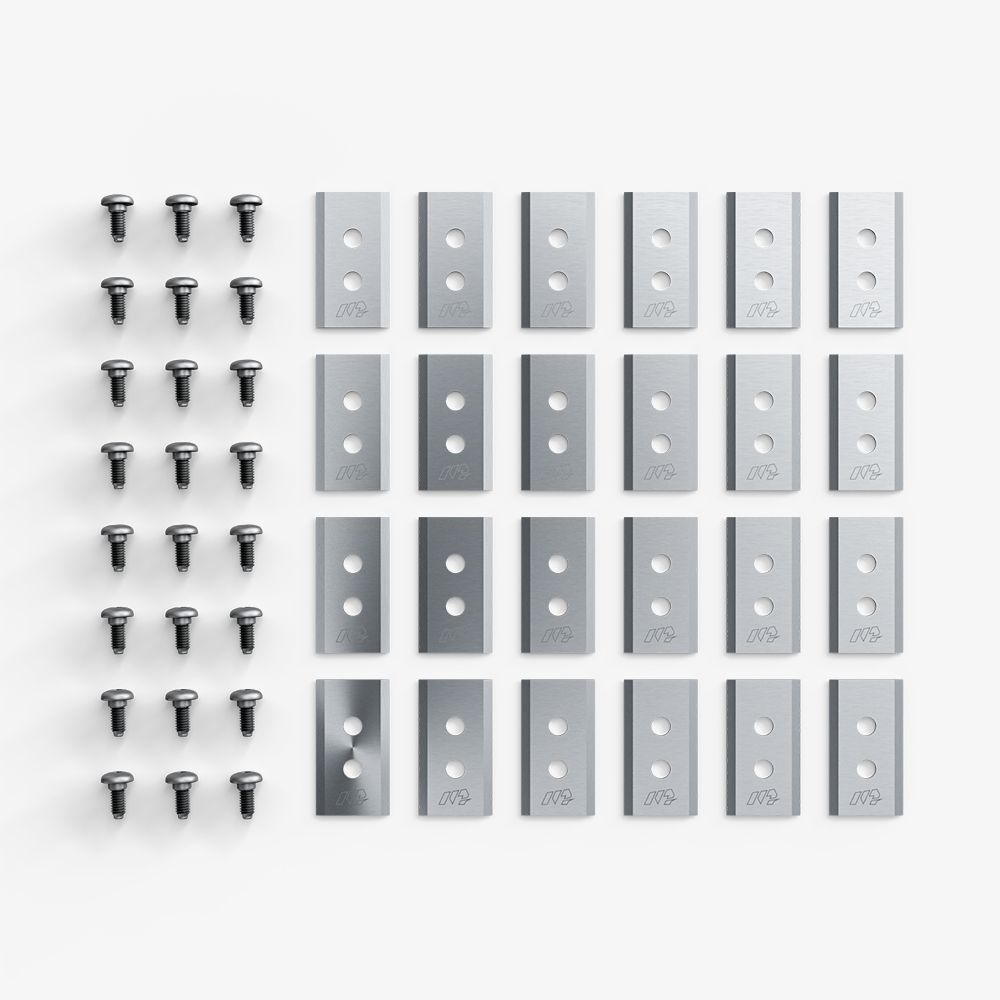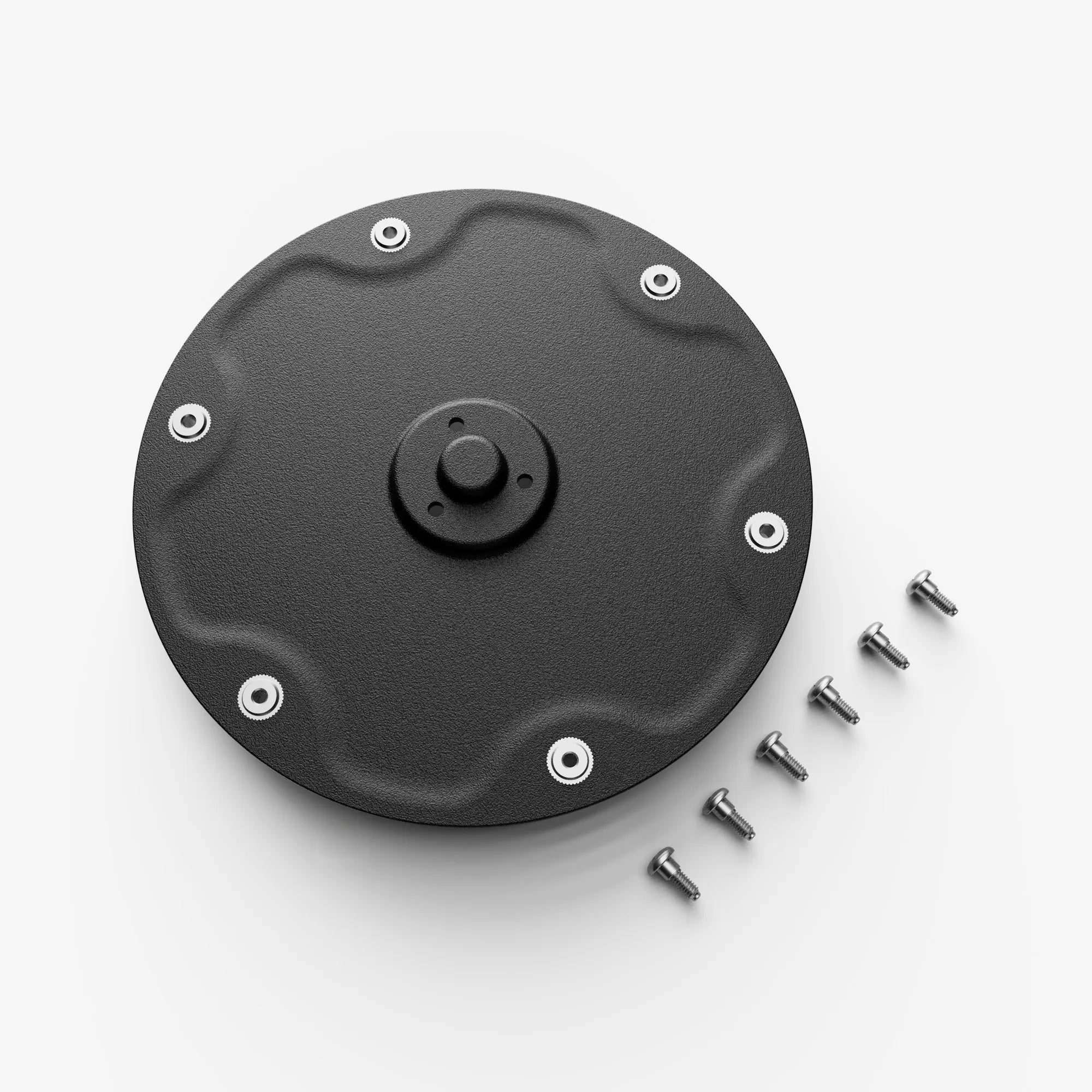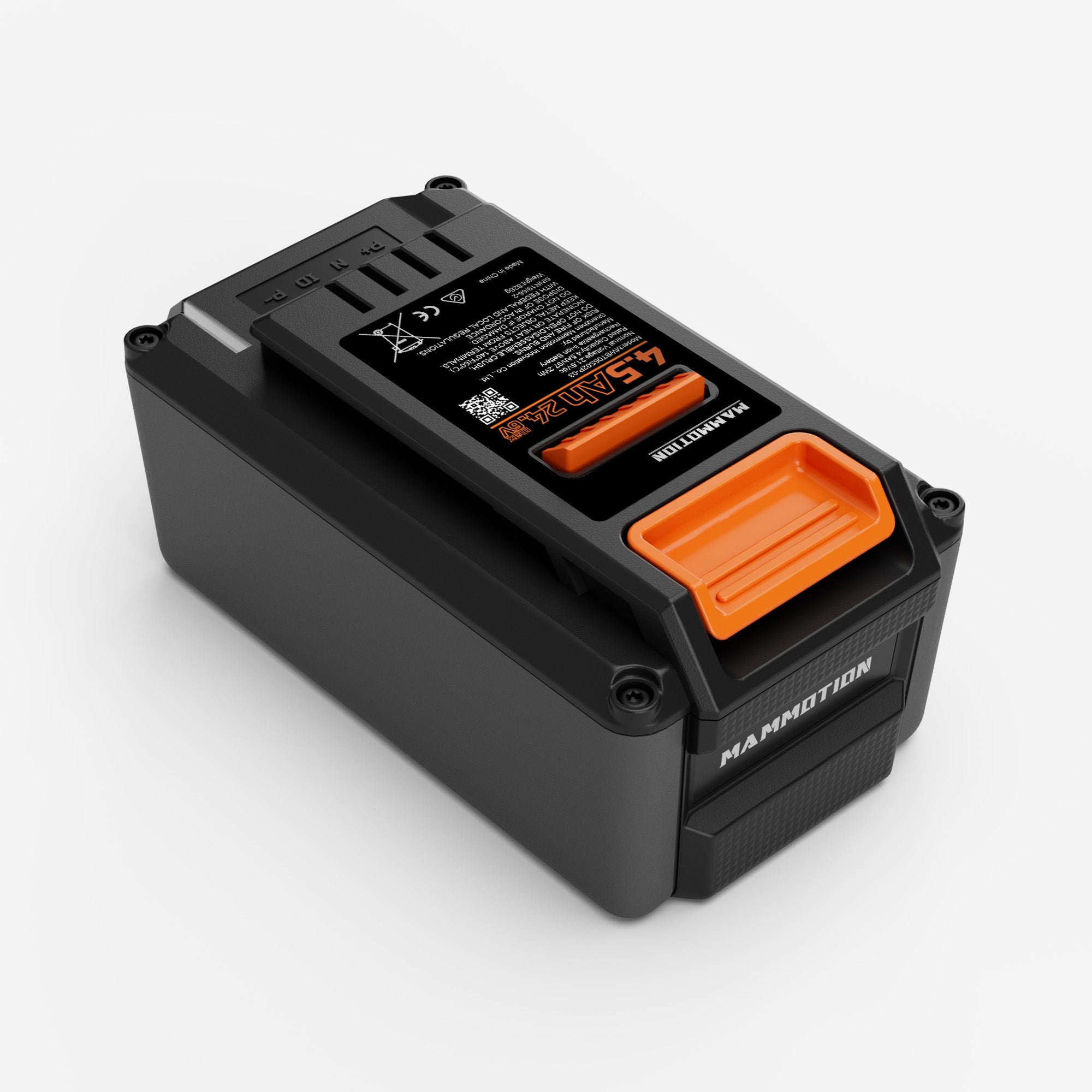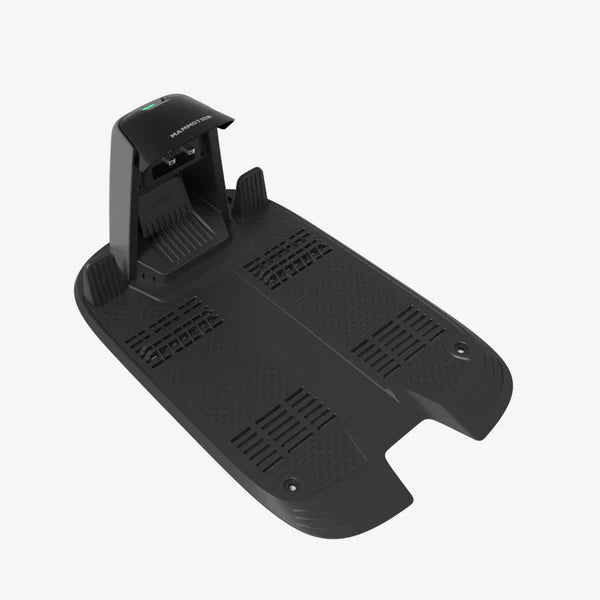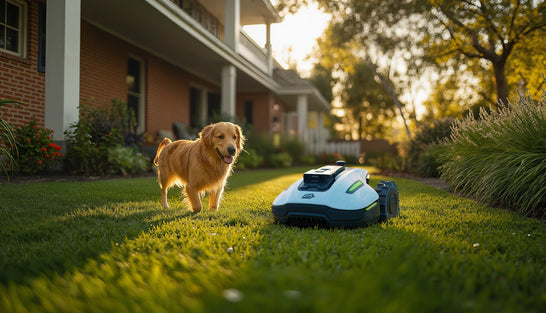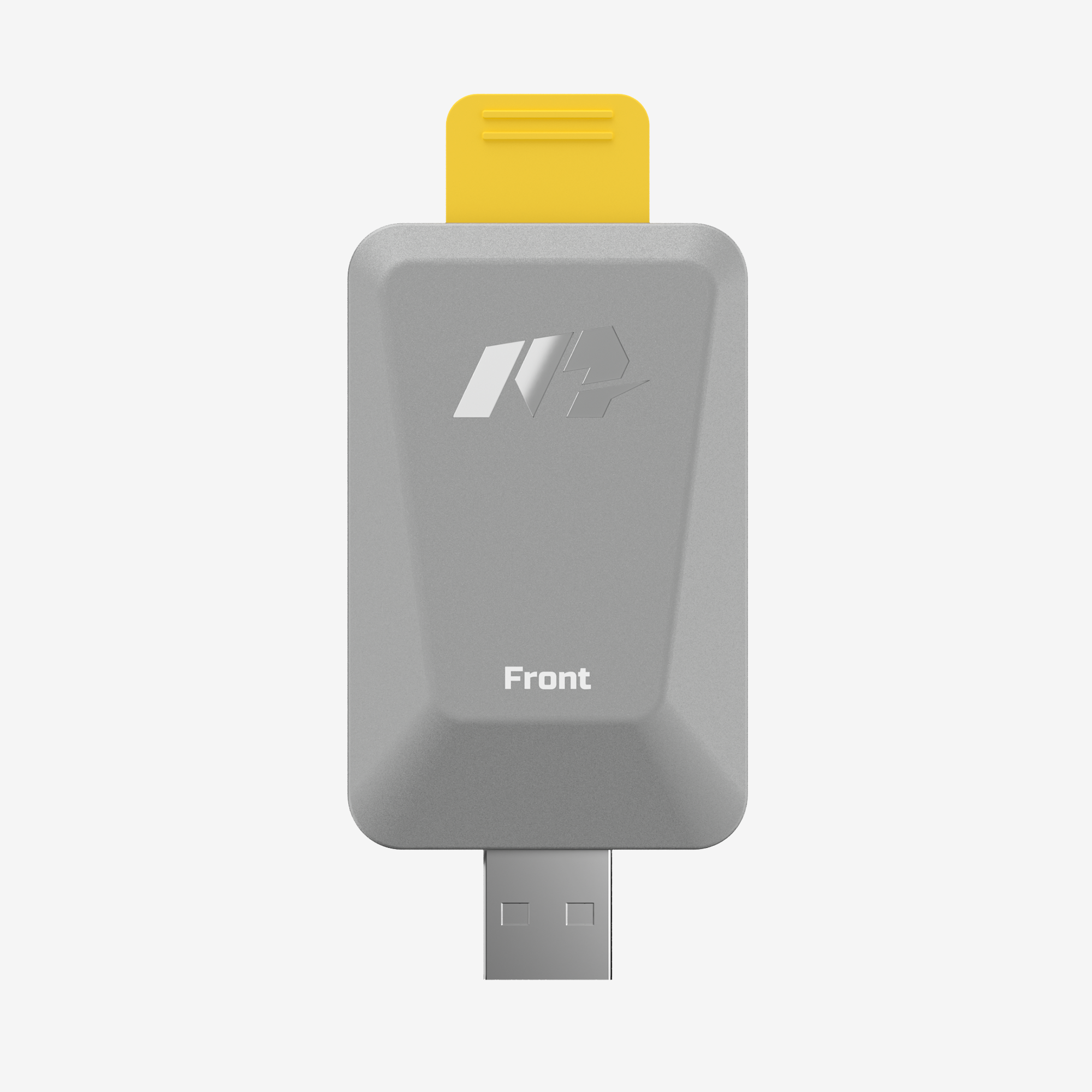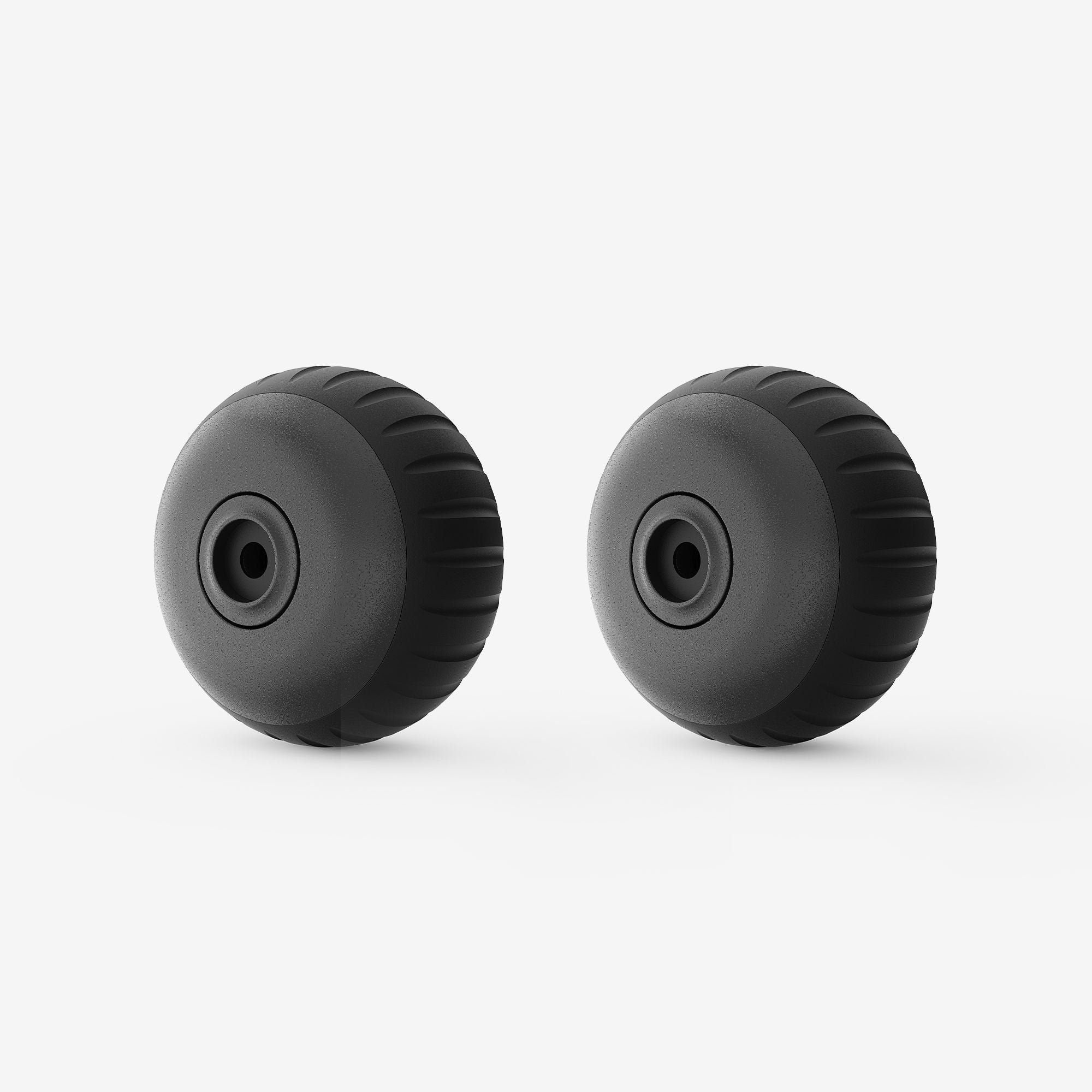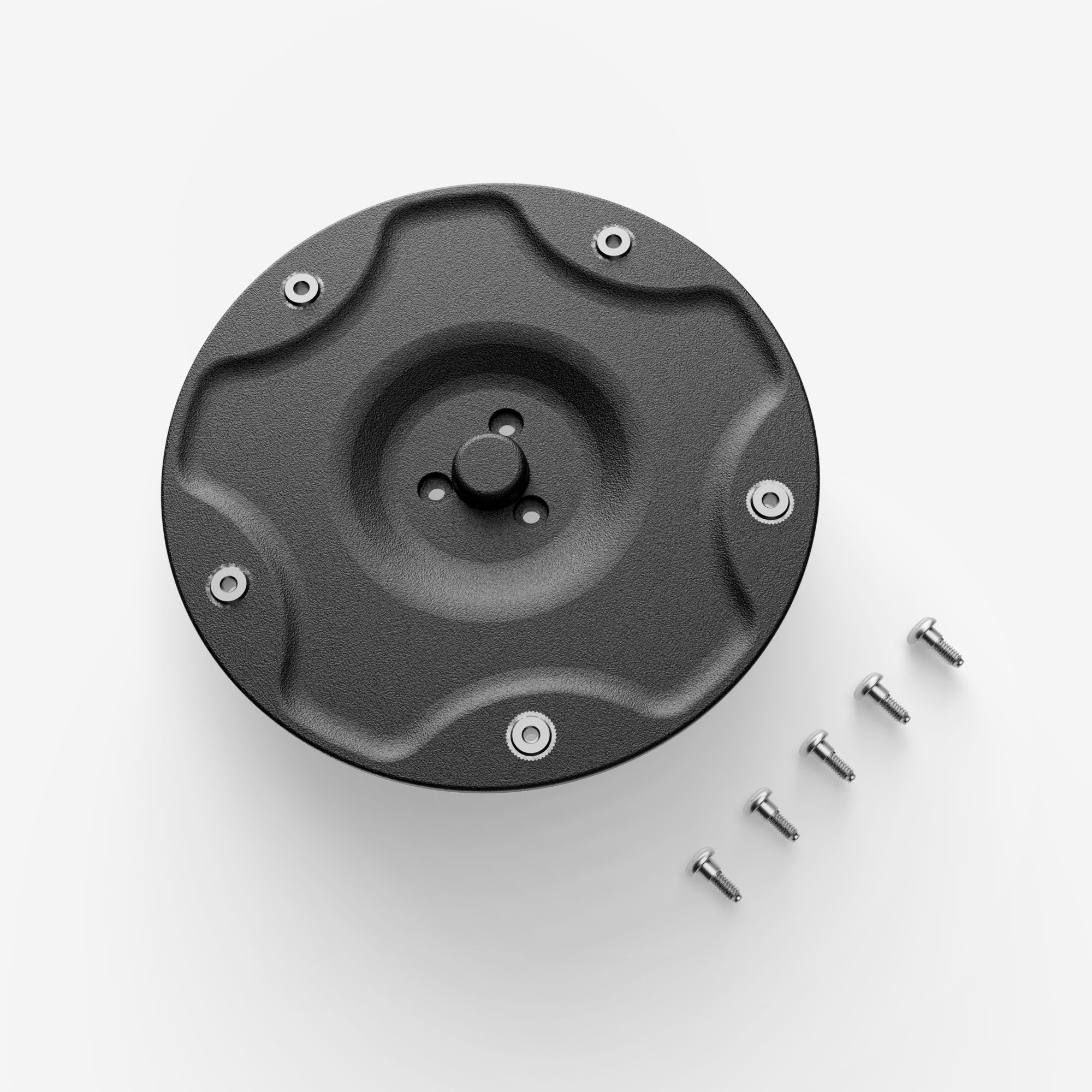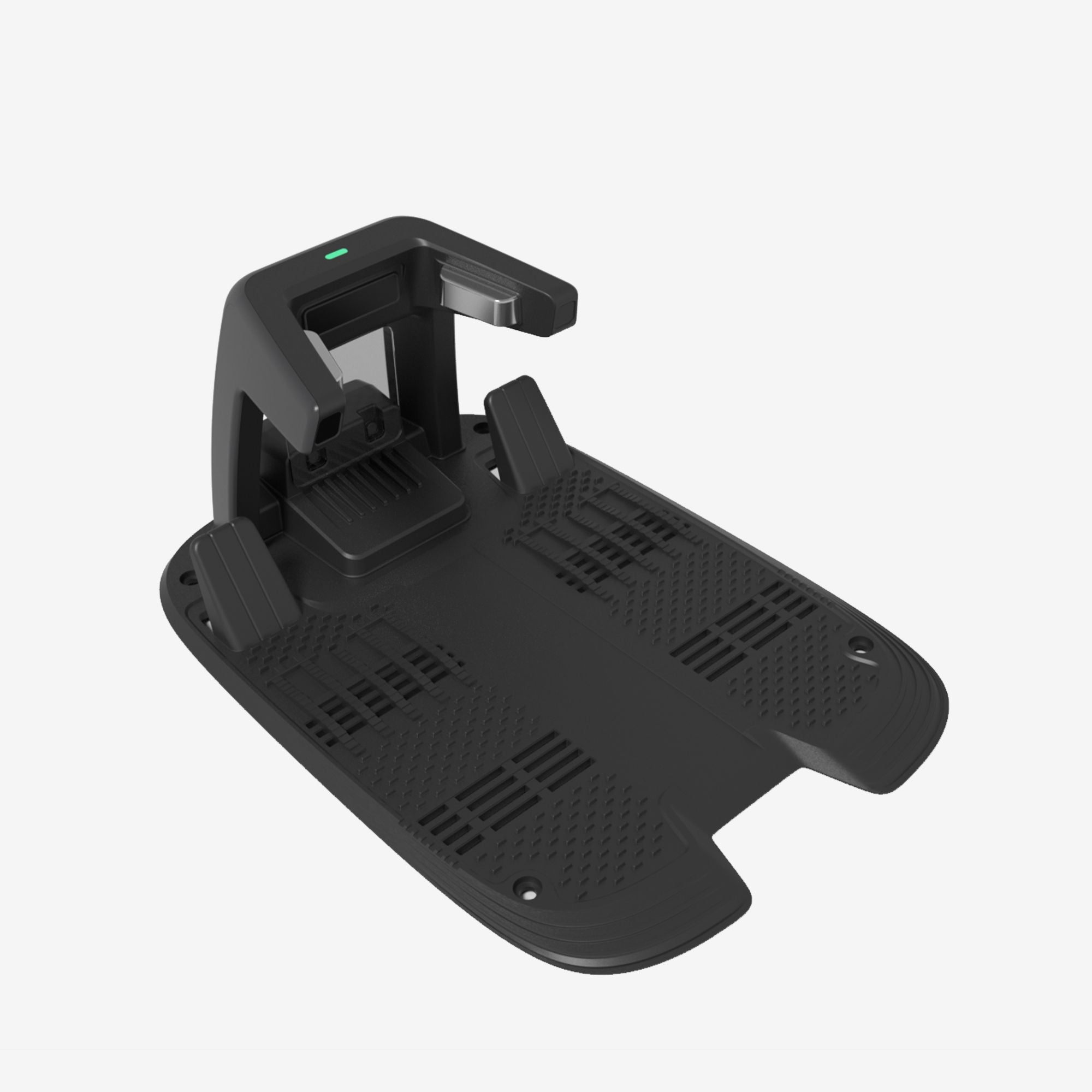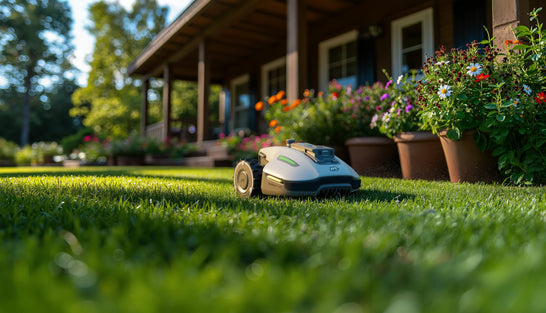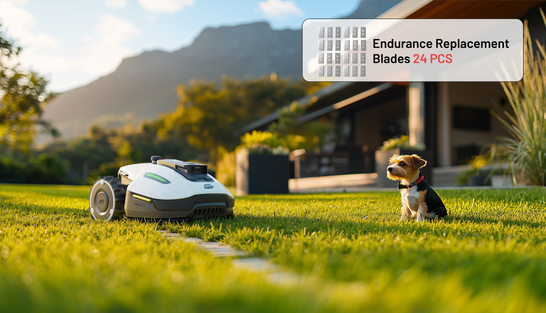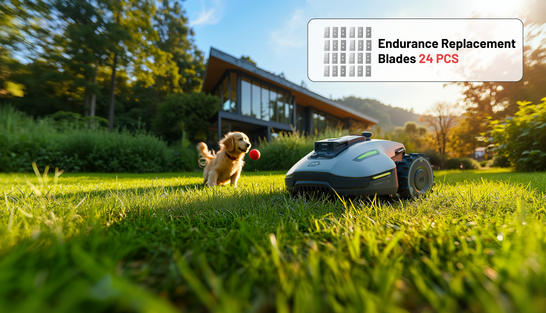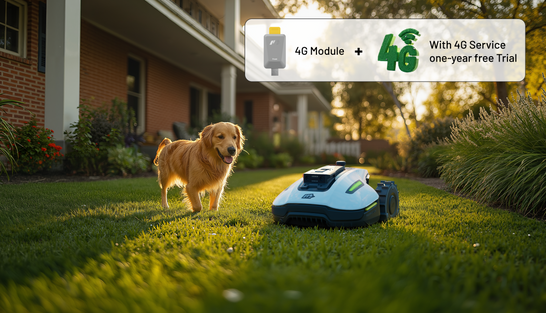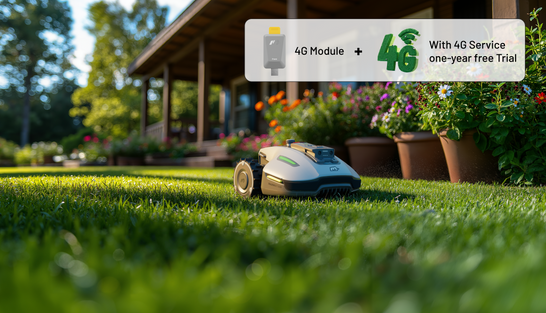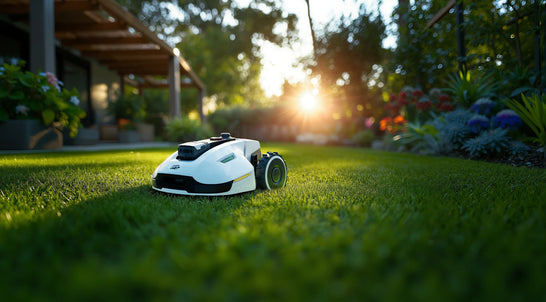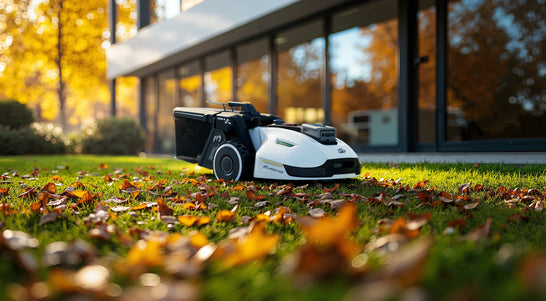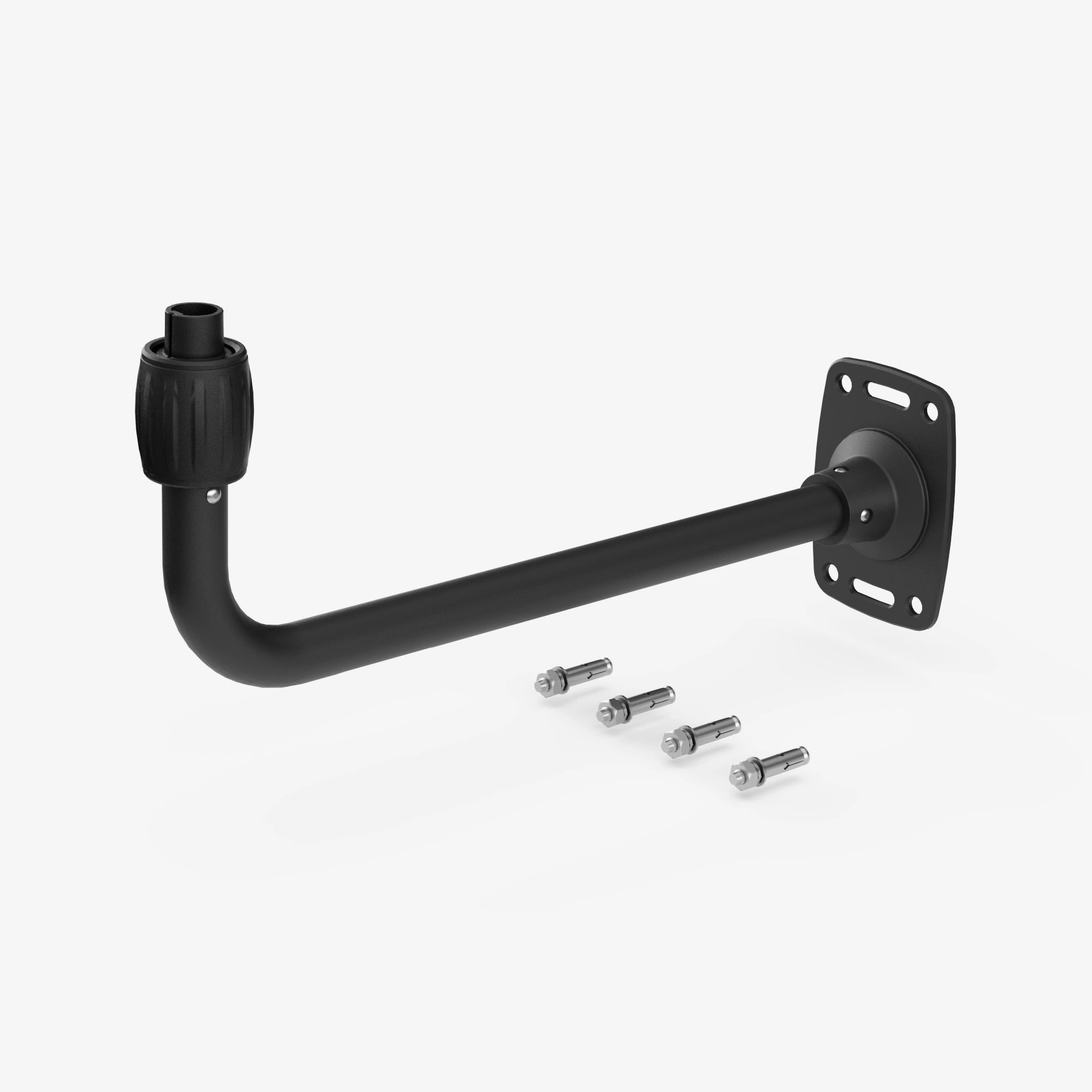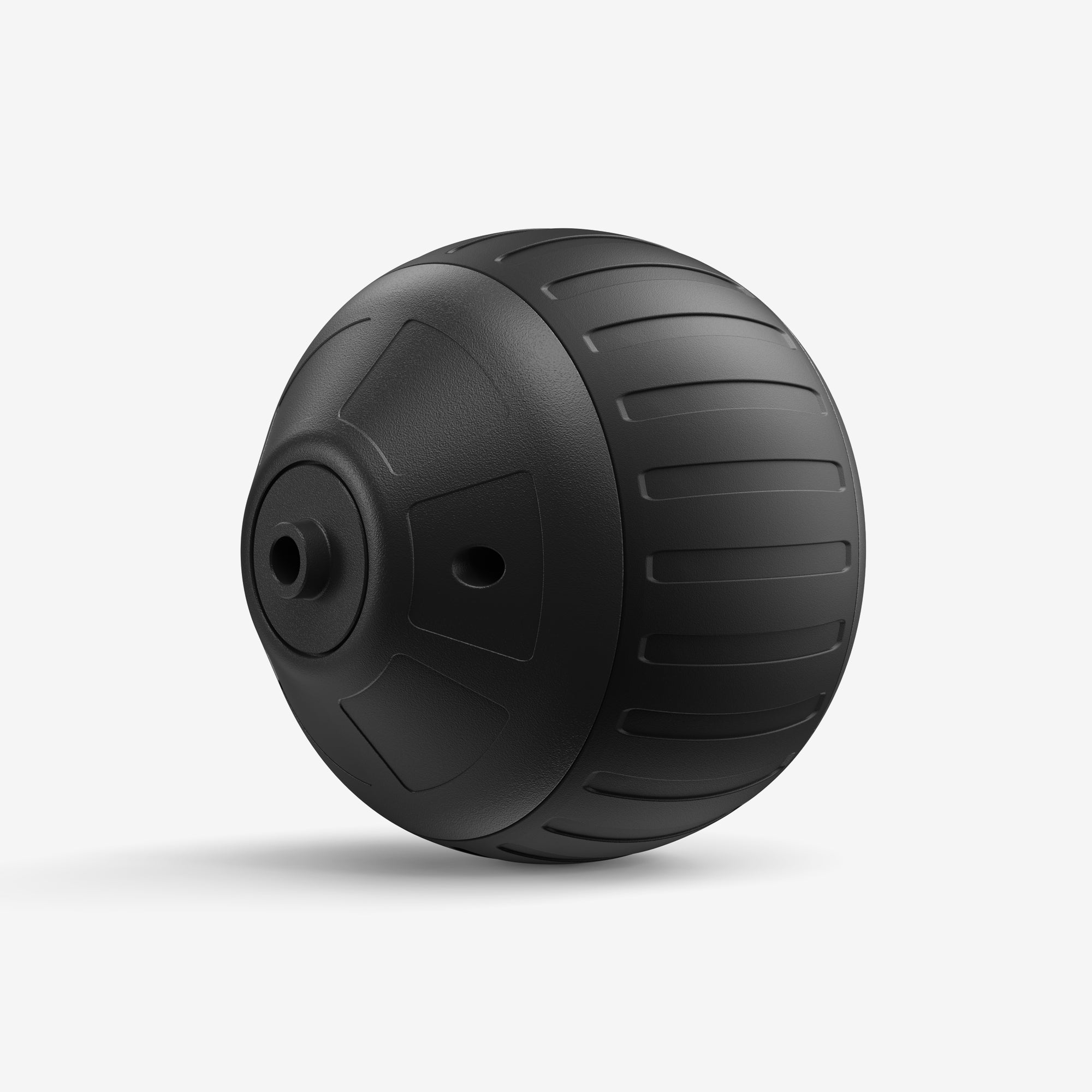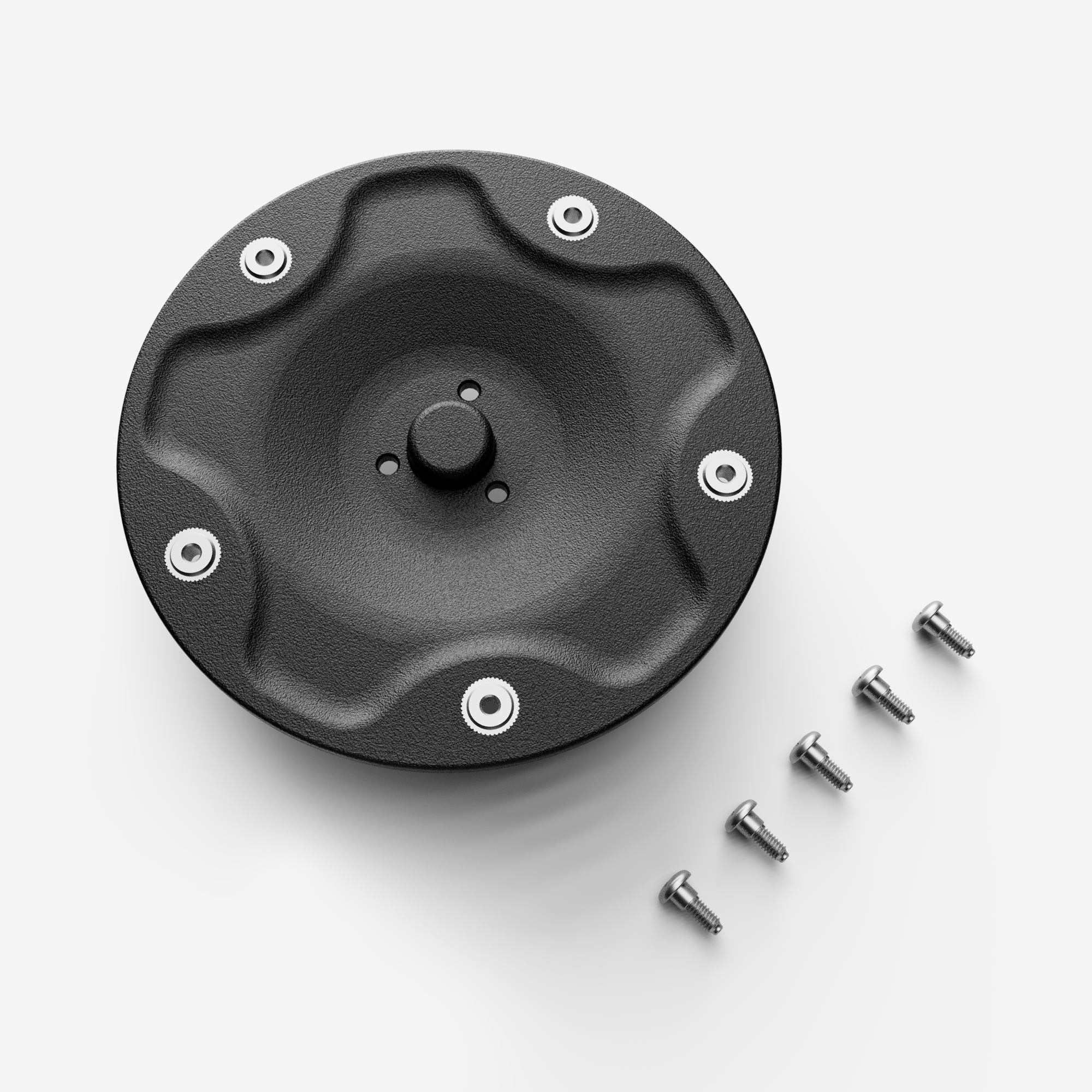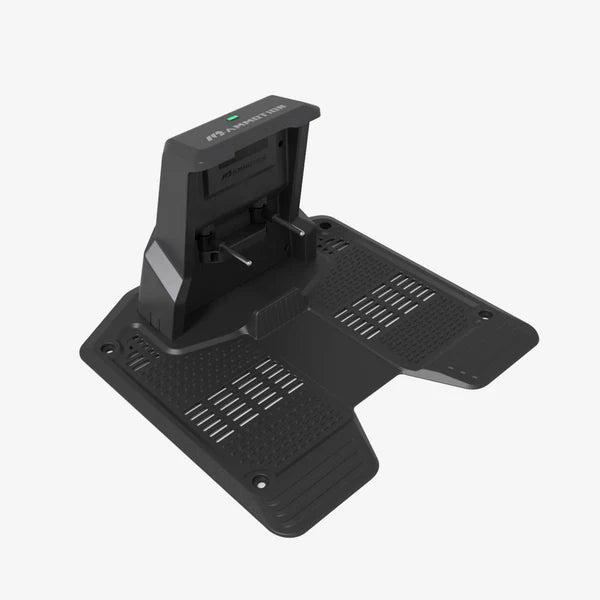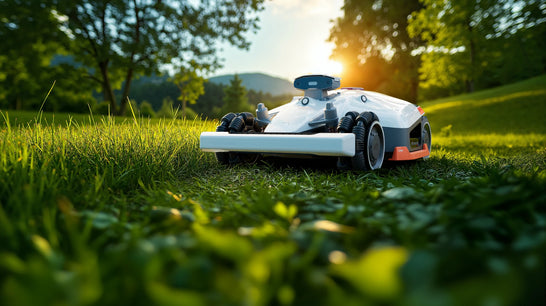Looking for the best lawn mowers for large yards in 2025? Managing a big lawn isn’t just about cutting grass—it’s about doing it efficiently, reliably, and with minimal effort. Today’s best mowers for large yards come packed with smart automation, better maneuverability, and eco-conscious power systems that make yard care easier than ever.
Whether you’re mowing hills, navigating uneven terrain, or covering acres of open space, choosing the right lawn mower can save you hours every week.
In this expert guide, we’ll break down the top-rated lawn mowers for large yards, compare key features, and help you find the best model for your property—whether you're shopping on a budget or looking for a high-end machine with all the bells and whistles.
Why You Need a Specialized Lawn Mower for Large Yards
different challenge. The best lawn mowers for large yards are built to handle the size, complexity, and physical demands that small-yard equipment simply can’t. Here’s why upgrading to a specialized mower is essential:
1. Faster, More Efficient Mowing
The bigger the yard, the more ground you need to cover—and fast. A mower with a wide cutting deck (42–60 inches) reduces mowing time significantly. For example, a 50-inch riding mower can finish a 1-acre job in under an hour, while a 20-inch push mower may take over three.
2. Better Handling on Tough Terrain
Large properties often include hills, dips, and obstacles like trees, flower beds, or garden paths. You need a mower with features like:
- All-wheel drive
- High-traction tires
- Tight steering radius
These help you mow efficiently without getting stuck or damaging your yard.
3. More Power and Longer Runtime
Standard residential mowers can’t keep up with the demands of a large lawn. High-performance gas engines or long-lasting lithium batteries give you the runtime and torque needed for consistent performance—without bogging down halfway through.
4. Smart Automation That Saves Time
Don’t want to spend your weekends mowing? Robotic lawn mowers like the Mammotion LUBA 2 use RTK GPS navigation to cover up to 2.5 acres, automatically managing multiple zones and complex layouts—all without lifting a finger.
Types of Lawn Mowers for Large Yards
Selecting the best lawn mower for a large yard starts with understanding the available categories. Each type is designed for specific conditions—from wide open spaces to complex, obstacle-heavy landscapes. Below is a breakdown of the most effective mower types for large properties, including core features, recommended use cases, and standout models.
1. Riding Lawn Mowers
Riding mowers are built for speed and efficiency across open, flat yards. They’re a reliable choice for homeowners seeking power and comfort during long mowing sessions.
Best For: Large, unobstructed lawns
Key Features:
- Cutting deck widths between 42" and 60" for faster mowing
- Comfortable seat and intuitive controls for extended use
- Gas-powered engines with strong torque and extended runtime
Recommended Model: John Deere X350
- Specs: 42-inch deck, 21.5 HP Kawasaki engine
- Why It’s Recommended: Excellent balance of power, reliability, and comfort
- Price: Approximately $3,900
2. Zero-Turn Lawn Mowers
Zero-turn mowers offer superior maneuverability, making them the ideal choice for yards with landscaping features such as trees, flower beds, and narrow passages.
Best For: Yards with tight corners, landscaping, or obstacles
Key Features:
- Dual hydrostatic transmissions for precision turning
- Cutting decks typically ranging from 42" to 60"
- High mowing speeds and exceptional steering control
Top Recommended Model: Cub Cadet Ultima ZT1
- Specs: 50-inch deck, 23 HP Kawasaki engine
- Why It’s Recommended: Strong frame design, agile handling, and excellent cutting performance
- Price: Around $3,500
3. Robotic Lawn Mowers
Robotic mowers are an excellent hands-free option for large properties, especially those with complex layouts. Equipped with GPS and app control, these units manage your lawn with minimal user input.
Best For: Multi-zone yards, irregular shapes, or busy homeowners
Key Features:
- GPS-based navigation and virtual boundary mapping
- Automatic recharging and weather-based mowing schedules
- App control for remote monitoring and customization
Top Recommended Model: Mammotion LUBA 2
- Specs: Handles up to 2.5 acres, RTK GPS navigation
- Why It’s Recommended: Autonomous, efficient, and customizable for complex lawns
- Price: Ranges from $2,000 to $4,000
4. Self-Propelled Lawn Mowers
These mowers bridge the gap between manual push models and riding mowers. Ideal for mid-sized to large properties with moderate slopes, they offer better control without the effort of pushing.
Best For: Medium to large yards with varied terrain
Key Features:
- Adjustable speed settings and powered wheels
- Available in gas and battery-powered models
- Compact design for easier storage
Recommended Model: Honda HRX217VKA
- Specs: 21-inch deck, variable speed control
- Why It’s Recommended: Renowned for durability, precision, and user-friendly operation
- Price: Approximately $700
Comparison Table: Best Lawn Mowers for Large Yards in 2025
A side-by-side comparison helps clarify which lawn mower suits your yard’s size, terrain, and budget. Use the table below to evaluate key specifications of top-performing models in each mower category.
|
Category |
Model |
Cutting Width |
Power Source |
Coverage Area |
Price Range |
|
Riding Mower |
John Deere X350 |
42 inches |
Gas |
Large, open areas |
~$3,900 |
|
Zero-Turn Mower |
Cub Cadet Ultima ZT1 |
50 inches |
Gas |
Landscaped yards |
~$3,500 |
|
Robotic Mower |
Mammotion LUBA 2 |
15.7 inches |
Battery |
Up to 2.5 acres |
~$2,000–$4,000 |
|
Self-Propelled |
Honda HRX217VKA |
21 inches |
Gas |
Medium-large yards |
~$700 |
Key Features to Consider in the Best Lawn Mowers for Large Yards (2025 Edition)
Choosing the right mower isn’t just about engine size or price. For large yards, performance depends on how well the machine handles your lawn’s size, shape, and terrain. Below are the core features to evaluate when selecting a lawn mower in 2025:
1. Cutting Deck Size
The cutting deck width directly impacts mowing efficiency. Wider decks reduce the time required to cover large areas, while narrower decks improve maneuverability in tight spaces.
|
Deck Width |
Best Use Case |
|
20"–30" (Small) |
Medium-sized yards, tight layouts, and landscaped zones |
|
42"–60" (Large) |
Open, expansive areas where efficiency is a priority |
Expert Tip: For mixed terrain, prioritize models with adjustable deck height to optimize cut quality on uneven ground.
2. Power Source & Runtime
The choice between gas and battery power depends on your lawn’s size, slope, and how often you mow.
|
Power Type |
Pros |
Cons |
|
Gas-Powered |
High torque, longer runtime, handles tough grass easily |
Noisy, emits fumes, requires regular maintenance |
|
Battery-Powered |
Quiet, eco-friendly, low maintenance |
Limited runtime, may need recharging mid-session |
2025 Insight: Top-tier battery models now rival gas in performance, especially those with brushless motors and dual-battery systems.
3. Smart Technology
Advanced features are transforming how homeowners maintain large properties—especially in robotic models.
Must-Have Smart Features:
- GPS Navigation & Virtual Boundaries: Allows precise mapping, essential for multi-zone and irregularly shaped yards.
- App Control & Scheduling: Enables real-time monitoring, remote start/stop, and scheduling from your smartphone.
- Weather Adaptability: Automatically delays mowing during rain or extreme heat for better turf protection.
Top Example: The Mammotion LUBA 2 uses RTK GPS for boundary-free navigation—ideal for complex or obstacle-rich lawns.
4. Maneuverability & Control
Ease of navigation is critical for yards with trees, slopes, and uneven terrain.
|
Mower Type |
Maneuverability Highlights |
|
Zero-Turn Mowers |
Pivot around tight corners with dual-wheel steering |
|
Self-Propelled Units |
Adjustable speed and powered wheels ease physical effort |
|
Robotic Mowers |
Automatically adapt to layout and terrain variations |
Expert Tip: If your property includes inclines or tight zones, prioritize models with high-traction tires and precise steering systems.
Expert Tips for Choosing the Right Lawn Mower for Large Yards
Even the most advanced mower can underperform if it doesn’t match your lawn’s characteristics. Use the following expert-backed tips to guide your decision based on yard size, terrain, budget, and maintenance preferences.
1. Evaluate Your Yard’s Physical Characteristics
Understanding your property’s layout is the foundation of smart mower selection.
|
Factor |
Recommendation |
|
Yard Size |
- < ½ acre: High-end self-propelled or cordless mowers suffice. - > ½ acre: Opt for riding, zero-turn, or robotic mowers. |
|
Terrain |
- Flat: Traditional models perform well. - Hilly/Uneven: Choose all-wheel drive or zero-turn mowers with high traction. |
|
Obstacles |
For trees, beds, and tight corners, zero-turn or robotic models offer superior maneuverability. |
2. Define Your Budget Range
Prices for large-yard mowers vary significantly. Setting a realistic budget early helps narrow down your choices.
|
Budget |
Typical Options Available |
|
Under $800 |
High-quality self-propelled or entry-level electric models. |
|
$800–$2,000 |
Advanced battery mowers, entry-level zero-turn, or basic robotic models. |
|
$2,000+ |
Premium riding mowers, high-end robotic mowers (like Mammotion LUBA 2), or pro-grade zero-turns. |
Expert Insight: Consider total cost of ownership—including maintenance, fuel/electricity, and replacement parts—rather than just purchase price.
3. Know the Maintenance Requirements
Each mower type comes with different upkeep needs. Understanding them in advance reduces long-term hassle.
|
Mower Type |
Maintenance Level |
What’s Required |
|
Gas Mowers |
High |
Oil changes, air filters, spark plugs |
|
Battery Mowers |
Low |
Battery care, occasional blade sharpening |
|
Robotic Mowers |
Moderate |
Software updates, cleaning sensors/blades |
4. Check Warranty & Service Support
Don’t overlook post-purchase support—especially for premium or smart mowers.
- Warranty Length: Look for at least 2–3 years on major components.
- Battery Warranties: For electric and robotic models, battery coverage is critical (often 1–2 years).
- Service Access: Ensure local authorized service centers are available.
5. Take Advantage of Seasonal Discounts
Timing your purchase strategically can save hundreds of dollars.
|
Best Time to Buy |
Why It Works |
|
Late Fall/Winter |
Retailers clear inventory; best deals on previous-year models. |
|
Early Spring |
Pre-season promotions available before peak demand. |
Conclusion: Choosing the Best Lawn Mower for Large Yards in 2025
Investing in the right lawn mower isn’t just a purchase—it’s a long-term strategy for managing your yard more efficiently and with less effort. In 2025, the market offers high-performance solutions for every type of homeowner, whether you're focused on automation, cost-effectiveness, or premium-grade performance.
Final Considerations:
Match the mower to your terrain: Flat lawns require different specs than those with slopes or obstacles.
Balance upfront costs with long-term value: Low-maintenance electric or robotic models may have a higher entry cost but save time and effort in the long run.
Look ahead: Opt for models with upgradable software, replaceable parts, and long-term support.
Need Help Making a Decision?
Choosing the best lawn mower for a large yard can be overwhelming. If you’re unsure where to start—or want a personalized recommendation—reach out to our expert team for tailored advice.
Get matched with the perfect mower for your lawn today.
Frequently Asked Questions
1. What's the best type of lawn mower for a large yard?
The ideal mower depends on your yard's layout.
For open, flat properties, a riding mower with a wide cutting deck (42"–60") maximizes efficiency.
For yards with trees, flower beds, or tight turns, a zero-turn mower offers the best maneuverability.
For busy or tech-savvy homeowners, a robotic mower like the Mammotion LUBA 2 can mow up to 2.5 acres with GPS-guided automation.
2. Are robotic mowers suitable for large and complex lawns?
Yes. Advanced models like the LUBA 2 are built for large, multi-zone, and irregular-shaped yards. Using RTK GPS and app-based controls, they can cover up to 2.5 acres and operate autonomously—ideal for homeowners who want hands-free lawn care.
3. How much should I expect to spend on a mower for a large yard?
Prices vary by type and features:
Self-propelled mowers: $400–$1,000 (good for medium to large yards)
Riding or zero-turn mowers: $2,000–$5,000
Robotic mowers: $2,000–$4,000
Tip: Consider the total value over time, including maintenance costs and time saved.
4. What cutting deck size is best for a large property?
For properties over half an acre, a cutting deck of 42 to 60 inches is recommended.
42–48 inches: Better maneuverability for tight areas.
50–60 inches: Faster mowing for open fields.
Always match deck size to yard layout and mower type.
5. Is a gas or electric mower better for large lawns?
Gas mowers offer higher power and longer runtime—ideal for rough or extended use.
Electric or battery-powered models are quieter, eco-friendly, and require less maintenance, but may need mid-job recharging on very large properties.
Choose based on runtime needs, terrain difficulty, and your preference for noise/emissions.
6. Do zero-turn mowers really make a difference?
Absolutely. Zero-turn mowers provide tight turning radiuses and dual hydrostatic transmissions, allowing you to mow around trees, beds, and obstacles up to 50% faster than standard riding mowers. They're ideal for landscaped or irregular lawns over ½ acre.
7. How do I maintain my mower to keep it running efficiently?
Basic maintenance includes:
Cleaning the deck after each use
Sharpening blades regularly
Replacing oil (for gas engines) and cleaning air filters
Checking belts, tires, and battery levels
For robotic mowers: Clean sensors, wheels, and check software updates
Proper care extends lifespan and ensures clean, efficient cuts.
8. How long should a high-quality mower last?
With regular maintenance:
Gas riding/zero-turn mowers can last 10–15 years or more
Self-propelled models typically last 6–10 years
Robotic mowers, depending on usage and care, average 5–8 years, with battery replacements around year 3–5
Always check the manufacturer's warranty and parts availability.
9. Can one mower handle both flat and sloped areas?
Yes, but choose carefully:
For mild slopes, a self-propelled mower with variable speed works well.
For steep slopes, look for zero-turn or robotic mowers with high-traction wheels or AWD.
Avoid heavy riding mowers on steep inclines—they may lose traction or become unsafe.
10. When is the best time to buy a lawn mower?
Late fall and winter (October–December) are typically the best times to buy, with steep end-of-season discounts.
You can also find competitive prices during Memorial Day and July 4th sales. Planning ahead can save you hundreds on premium models.

